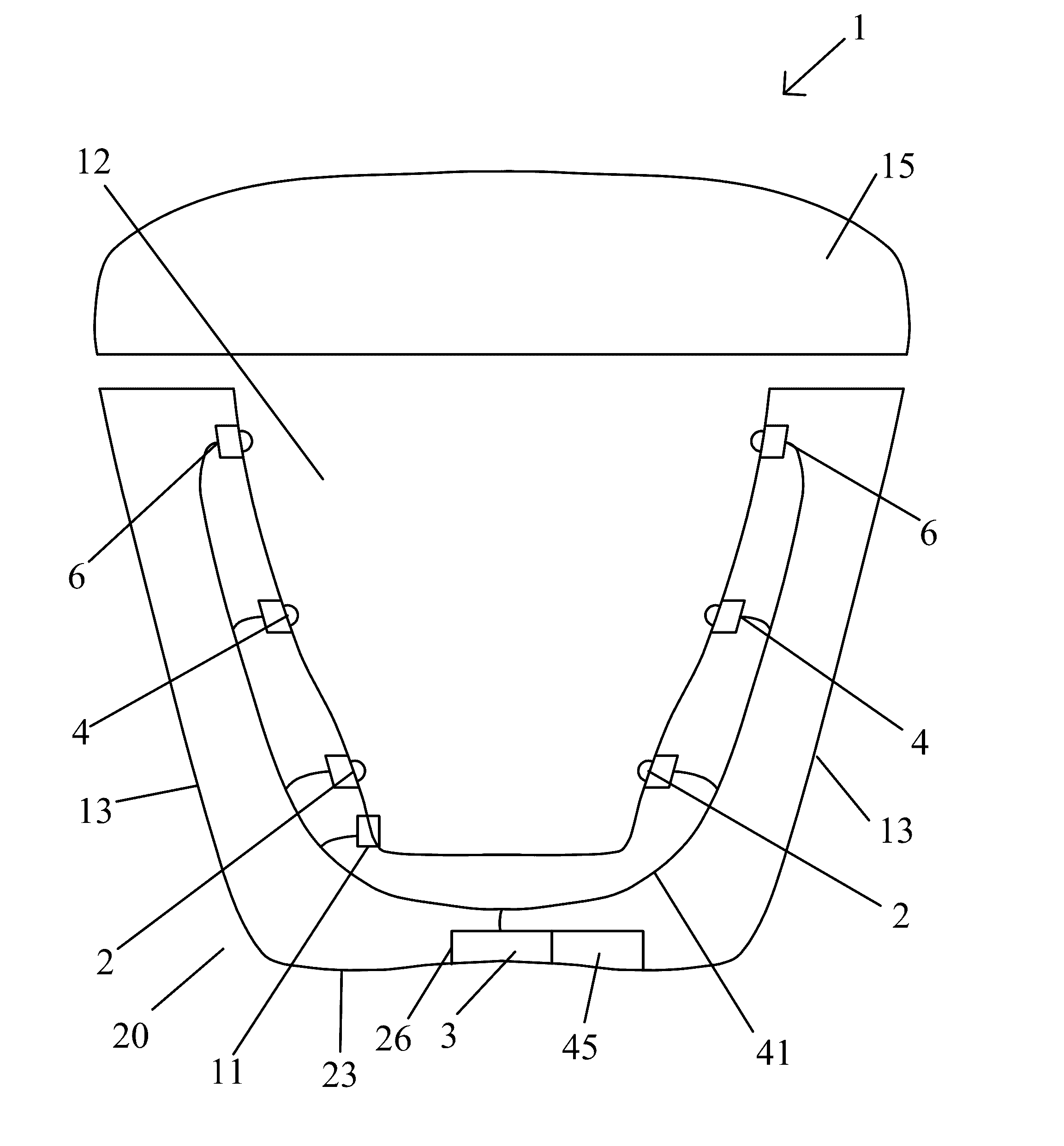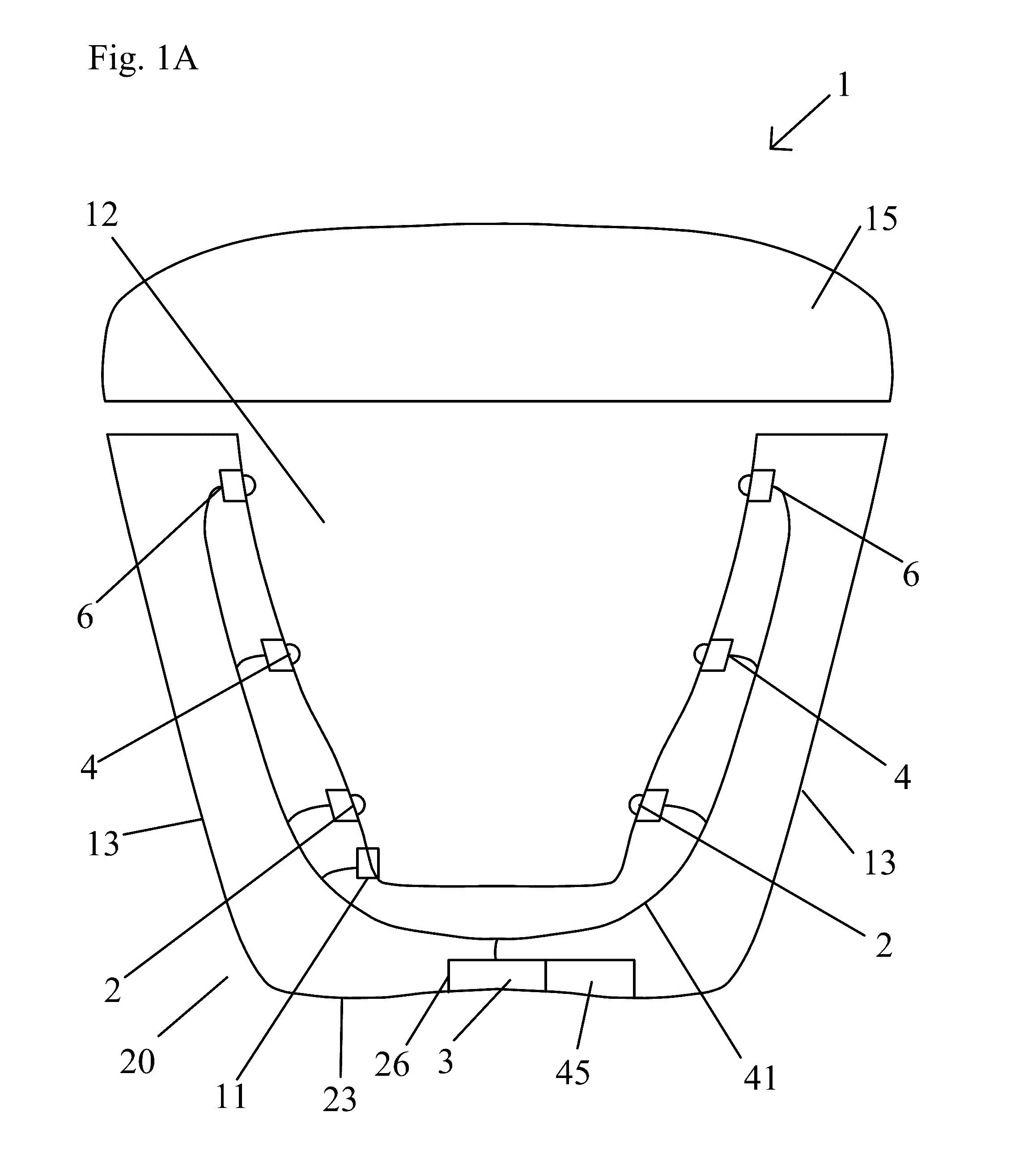Temperature sensitive biologic-based medicines and other biologics that are subjected to temperature excursions may suffer degradation so as to render them ineffective.
One of the common causes of temperature excursions in
temperature sensitive packaging and shipping is due to failure of the pack out personnel to follow the prescribed procedures for packing out a shipment, resulting in pack out errors.
In addition, traditional shipping containers have limited temperature stability.
The consequences of these errors can be extremely costly, when a biologic based
medicine cannot be administered due to temperature excursions outside a validated temperature range, or if the shipment is delayed and the
medicine cannot be administered once the dosage has exceeded its validated stability period.
Administering a thermally sensitive biologic
dose that was exposed to unknown temperature excursions, pack out errors or has exceeded it stability period is dangerous.
Additional clinical impacts include negative impacts on
clinical trial outcomes due to poor biologics management.
There is also potentially a large economic burden from waste and scrapping of unusable
biological materials due to errors in shipping.
An additional challenge for the successful shipment of a
temperature sensitive material is the monitoring of the temperature and a range of other important parameters, which, if they vary outside of accepted and / or validated ranges, may harm the material being transported.
A further risk relating to the safe and proper handling of the shipment of these materials relates to the time window for use of the materials.
Prior art foam shipping containers such as extruded or
expanded polystyrene have limited performance, can only be used a single time, and have a negative environmental
impact.
In addition, it is difficult to control the temperature in these containers.
Prior art vacuum panel shippers have a very large
footprint, and are heavy.
They also have a complicated
assembly or pack out procedure and are expensive to ship.
When packaged for therapeutic doses, these isolated cells and tissues are more vulnerable to
radiation, and the
impact of
radiation exposure may result in lethal and sub-lethal cellular responses.
Lethal radiation, at the minimum of assessment parameters, results in failure of the biologic for its intended use.
The loss of biologic integrity results in the biologic product not being utilized in the research or clinical application.
The immediate consequences of lethal radiation would include loss of product for the patient or customer, loss of time in the clinical / research
workflow, and / or loss of cost-of-goods and revenue.
Generally, the recognition of altered product due to lethal
radiation exposure would result in scrapped product and non-usage.
Perhaps even more problematic would be the lack of recognition of negative
impact to the biologic, which may result in usage within the research / clinical application.
Sub-lethal radiation can also cause alterations and altered activity in biologics.
One risk with
exposure to sub-lethal radiation is that biologic alterations may not be recognized via superficial
assessment methods, and may be delayed in manifesting their alterations outside of routine assessment timing parameters.
Furthermore, the biologic alterations from sub-lethal radiation may result in altered biologic responses that can vary from mild to extensive consequences.
Furthermore, lethal and sub-lethal
radiation exposure can elicit cellular responses resulting in negative consequences beyond simple inactivation of the
cell / tissue product.
These disruptions lead to
cell damage or cell death.
Surviving damaged cells may later induce abnormalities or
carcinogenesis.
The deleterious effects of radiation can also occur in the progeny of irradiated cells after a
delay.
It is also possible that the composition of the biopreservation media may modulate the extent of radiation-induced
cell damage.
Shipped cells may likely be exposed to some level of radiation during transport conditions and protocols.
As discussed above,
exposure to radiation during shipping / transport may be deleterious to cells.
Furthermore,
hypothermia and
cryopreservation have the potential to have deleterious effects in isolation of radiation, and that might be noteworthy in combination with radiation exposure.
Radiation-based
DNA damage is potentially cumulative to, or amplification of, existing
DNA damage from biopreservation of cells.
Bystander effects cause damage in non-irradiated cells, which exaggerates the effect of low doses.
Development of cell-based therapies takes into consideration the potential for cellular changes that result in cell degradation, but they also take into consideration the potential for uncontrolled
cellular activity that may also lead to overall negative consequences for research and clinical applications.
 Login to View More
Login to View More  Login to View More
Login to View More 


